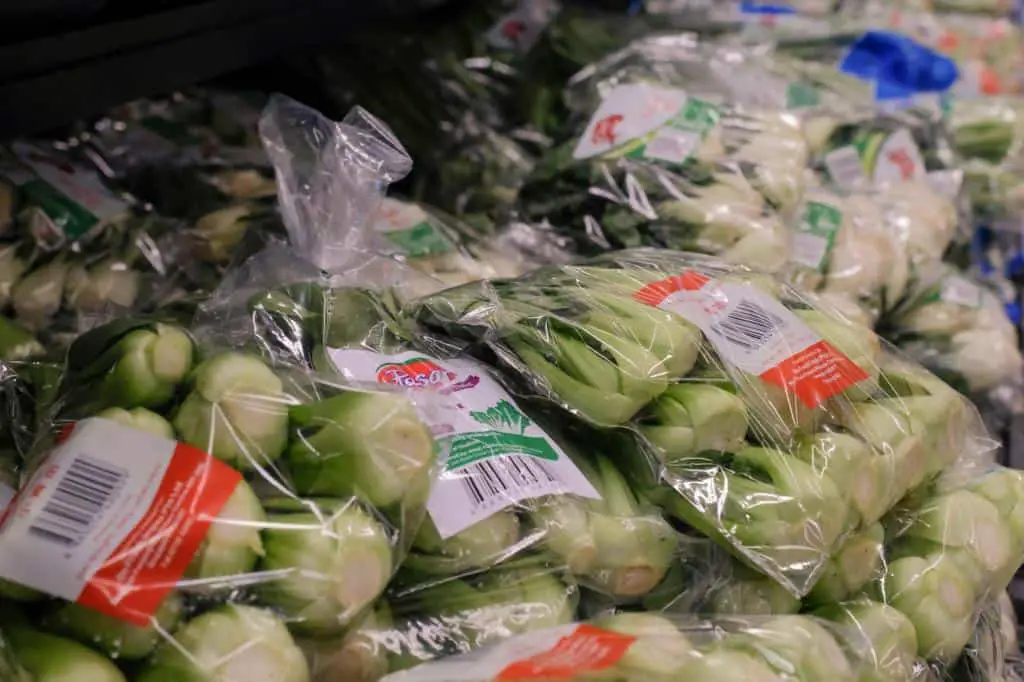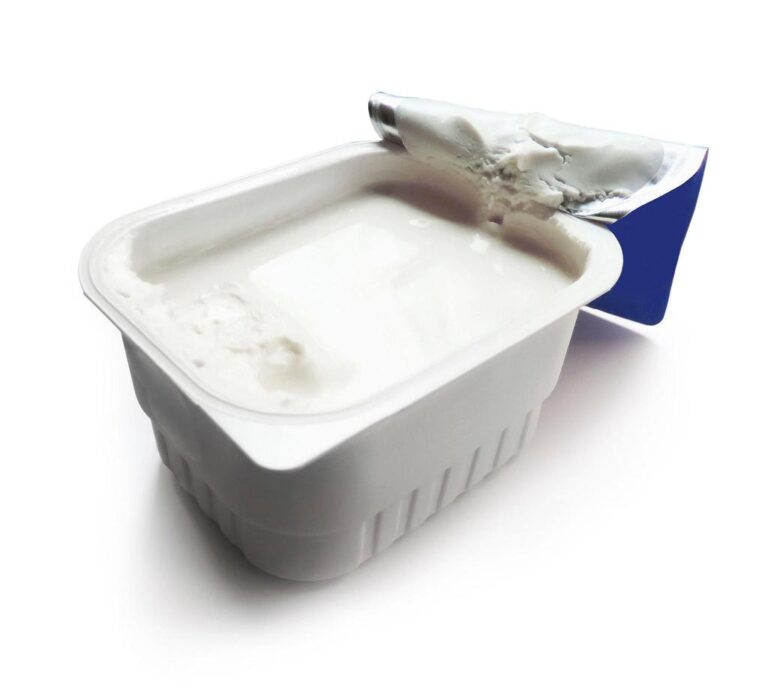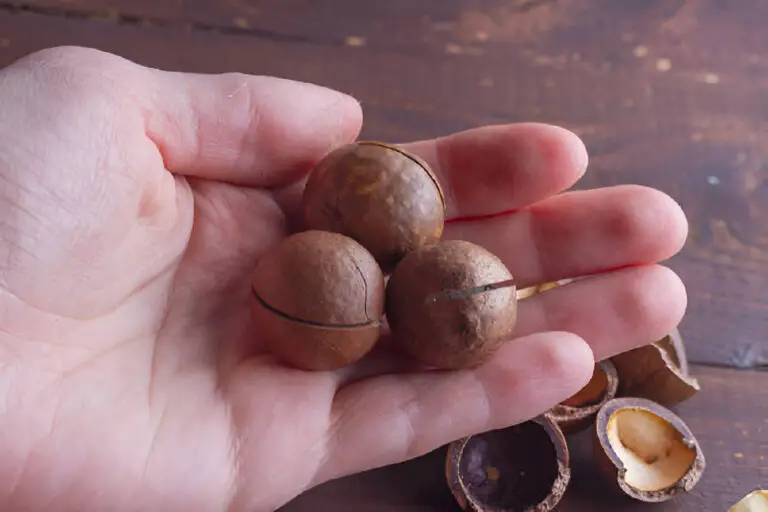What To Look for When Buying Bok Choy? Choosing Best & Fresh Bok Choy

Are you a fan of Asian cuisine and looking to add more greens to your plate? Look no further than bok choy. This leafy vegetable is not only tasty and versatile in the kitchen, but it’s also packed with essential vitamins and minerals.
Whether you’re a seasoned cook or a beginner, selecting the perfect bok choy at the grocery store can be a daunting task. With so many varieties available at the grocery store, it can be challenging to know which one to choose.
In this article, we’ll guide you through the process of selecting the best and freshest bok choy, ensuring that your next dish is as delicious as it is nutritious. So, let’s dive in!
Why Is Bok Choy So Expensive?
Bok choy is a popular vegetable that is known for its delicious taste and numerous health benefits. While it is widely available in most grocery stores, the price of bok choy can vary depending on several factors. One of the main reasons why bok choy can be expensive is due to its low production volume.
Bok choy is grown all over the world but is primarily grown in regions of China, including Hebei Province, which is known for its high-quality bok choy. If there is a decrease in production due to weather conditions or other factors, this can cause a shortage in supply, driving up the price. Additionally, shipping and handling costs can add to the overall cost of the vegetable.
Another factor that can contribute to the high price of bok choy is its growing season. Bok choy is a cool-season crop and grows best in temperatures ranging from 50 to 70 degrees Fahrenheit. In regions where the temperature is higher, bok choy may not grow as well or have a shorter growing season, leading to a higher price.
What To Look for When Buying Bok Choy?
When buying bok choy, there are a few key things to look for to ensure that you are getting the best quality and flavor. Firstly, look for bok choy with crisp, firm stalks that are not wilted or yellowed. The leaves should also be fresh and vibrant, with no signs of discoloration or damage.
It is also important to choose bok choy that is the right size for your intended use. If you are planning to stir-fry or sauté the bok choy, smaller heads with tender leaves and stalks are best. If you plan to use it in soups or stews, larger heads with thicker stalks and more mature leaves may be more suitable.
Another thing to consider is the color of the bok choy. While the stalks are usually white or light green, the leaves can vary from a pale green to a dark, almost black, green. Darker green leaves tend to be more flavorful and nutritious, so it is worth looking out for these when selecting your bok choy.
Finally, consider the origin of the bok choy. While bok choy is grown all over the world, some regions are known for producing particularly high-quality bok choy. For example, bok choy from China is known for its tender, juicy stalks and deep, rich flavor. If you can, try to source bok choy from a reputable supplier that specializes in Asian produce for the best quality and flavor.
Which Type of Bok Choy Is Best?
When it comes to choosing the best type of bok choy, it really depends on personal preference and intended use. Bok choy is available in a few different varieties, but the two most common are the larger and smaller types.
The smaller variety is often called “baby bok choy” or “Shanghai baby bok choy” and has become increasingly popular in recent years due to its tenderness, mild flavor, and versatility in cooking.
The larger variety of bok choy is sometimes called “white stem” or “Taiwan” bok choy, and has a more pronounced, slightly bitter flavor. This type of bok choy is best suited for stir-fries, soups, and other dishes where the strong flavor can hold up against other ingredients.
In addition to these two common varieties, there are also other types of bok choy available, such as “dwarf bok choy” which has white stems and ruffled dark green leaves. This variety is similar in flavor to the smaller, Shanghai baby bok choy but has a slightly different texture and appearance.
In the end, the best type of bok choy depends on the individual’s taste and intended use. Those who prefer a milder flavor and more tender texture may prefer the smaller, Shanghai baby bok choy, while those who like a stronger, more pronounced flavor may opt for the larger, white-stemmed variety.
Baby Bok Choy vs. Regular Bok Choy: What’s the Differences?
Bok choy is a versatile vegetable that can be used in a variety of dishes, and it comes in two different varieties: baby bok choy and regular bok choy. While they are similar in many ways, there are some key differences to keep in mind when choosing between the two.
Baby bok choy is a smaller version of regular bok choy, with tender green leaves and a delicate, sweet flavor. It is usually more expensive than regular bok choy because it is more fragile and grows for a shorter time. Baby bok choy is often used in stir-fries, salads, and soups, and it is a popular choice for Chinese and other Asian cuisines.
Regular bok choy, also known as Chinese cabbage, is larger and more robust than baby bok choy, with thick white stems and dark green leaves. It has a milder flavor than baby bok choy and can be used in a wide range of dishes, from soups and stews to salads and sandwiches. Regular bok choy is widely available at most grocery stores and is generally more affordable than baby bok choy.
When choosing between baby bok choy and regular bok choy, consider the recipe you’ll be using it in. Baby bok choy is a good choice for dishes where its delicate flavor and texture will be highlighted, while regular bok choy is a better choice for heartier dishes where its mild flavor and sturdy texture can hold up to more robust ingredients.
In terms of nutrition, both baby bok choy and regular bok choy are rich in vitamins and minerals, including vitamin C, vitamin K, and calcium. However, baby bok choy tends to be slightly higher in certain nutrients, such as vitamin A and folate.
How Do You Know When Bok Choy Is Fresh and Ripe?
When it comes to bok choy, freshness is key. The fresher the bok choy, the more nutrients it contains, and the better it will taste. So, how do you know when bok choy is fresh and ripe? Here are some tips to keep in mind:
- First, look for bok choy with firm, crisp stalks and bright green leaves. The stalks should not be wilted or rubbery, and the leaves should not be yellow or brown. The bok choy should also be free from blemishes and discolorations.
- Check the aroma. Fresh bok choy should have a mild, sweet smell. If the bok choy smells sour or pungent, it may be past its prime.
- Pay attention to the weight. Fresh bok choy should feel heavy for its size, indicating that it is full of water and nutrients.
- Finally, if possible, try to buy bok choy that is still attached to its roots. This will ensure that it is as fresh as possible and has not been sitting on a shelf for too long.
In addition to the physical appearance of the plant, you can also tell if bok choy is ripe by checking its flavor. When bok choy is at its peak ripeness, it has a sweet, slightly nutty flavor that is mildly spicy. Overripe bok choy can have a bitter taste that is not as pleasant to consume.






